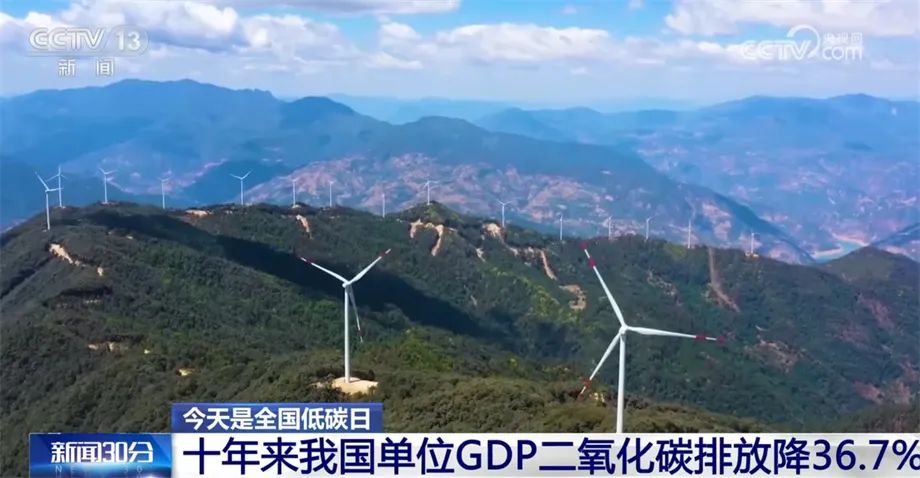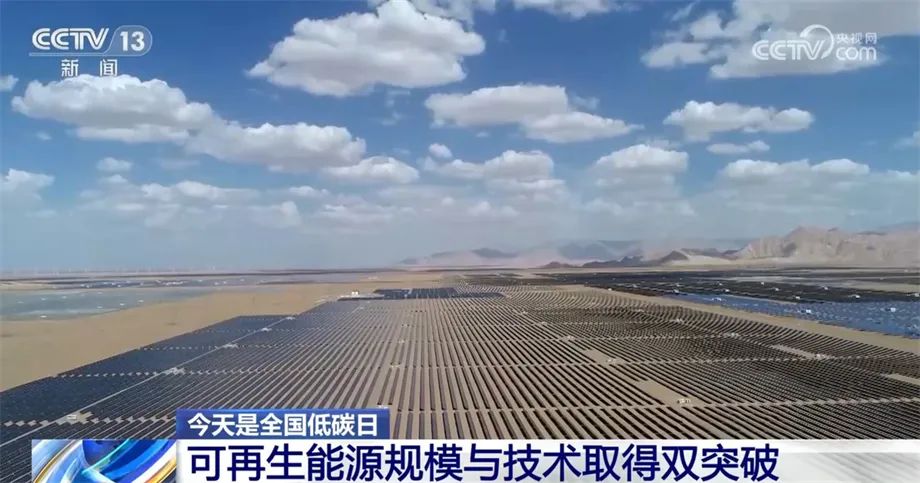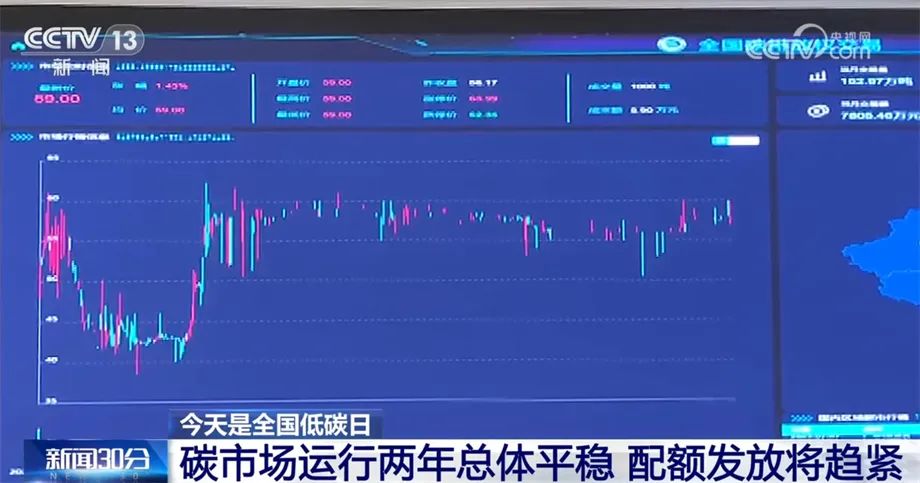Industry News | China's carbon peaking and carbon neutrality policy and action guarantee system has been basically formed
July 12 is the National Low Carbon Day, and the theme of this year's Low Carbon Day is "Actively Responding to Climate Change and Promoting Green and Low-Carbon Development". The reporter learned from the National Center for Climate Change Strategy and International Cooperation that in the past decade, China has achieved positive results in responding to climate change, and the policy and action guarantee system for carbon peak and carbon neutrality has been basically formed.
According to preliminary calculations, in 2022, China's carbon dioxide emissions per unit of GDP will decrease by 36.7% compared with 2012, and the proportion of non-fossil energy consumption will reach 17.5%, an increase of 7.8 percentage points over 2012. While the carbon emission intensity has decreased, the forest coverage rate has also been greatly improved. At present, the national forest coverage rate has reached 24.02%, and the forest stock is 19.493 billion cubic meters, which has exceeded the 2025 target.

Xu Huaqing, Director of the National Center for Climate Change Strategy and International Cooperation: In the past decade, we have issued the National Plan for Climate Change (2014-2020), the 13th Five-Year Plan for Controlling Greenhouse Gas Emissions, the National Strategy for Adaptation to Climate Change 2035, and the Action Plan for Carbon Peaking Before 2030. The action and support system has been basically formed.

In recent years, China's renewable energy represented by wind power, photovoltaic and hydropower has developed rapidly. In the waters of Pingtan in Fujian Province, the world's first 16 MW offshore wind turbine is undergoing final commissioning work before it is connected to the grid for power generation. After it is completed and put into operation, the wind turbine can generate 34.2 kWh of electricity with one rotation, which is equivalent to the use of a family of three for 7 days, and will become the world's largest offshore wind turbine with a single capacity that has been put into operation.
As of the end of April this year, China's total installed capacity of wind power and photovoltaic power generation exceeded 800 million kilowatts, accounting for 30.9% of the country's installed power generation capacity. All 16 units of the Baihetan Hydropower Station have been put into operation, generating more than 100 million kWh of electricity per day, and the six giant cascade hydropower stations on the main stream of the Yangtze River have formed the world's largest "clean energy corridor".

In addition, China has used market mechanisms to control and reduce greenhouse gas emissions, and established a national carbon emission trading market, with a cumulative turnover of 238 million tons and a cumulative turnover of 10.91 billion yuan in the past two years. According to experts, as the operation of the carbon market is on the right track, the issuance of carbon allowances will be gradually tightened, prompting enterprises participating in the transaction to adjust their energy structure and effectively control and reduce emissions.
Source: National Energy Conservation Publicity Platform


